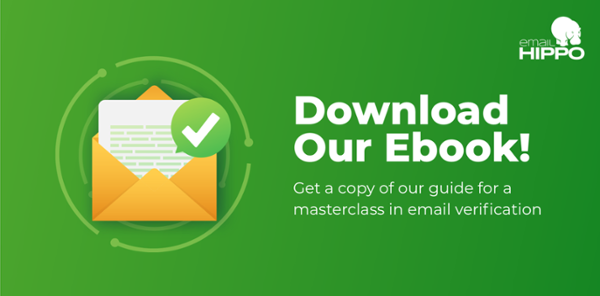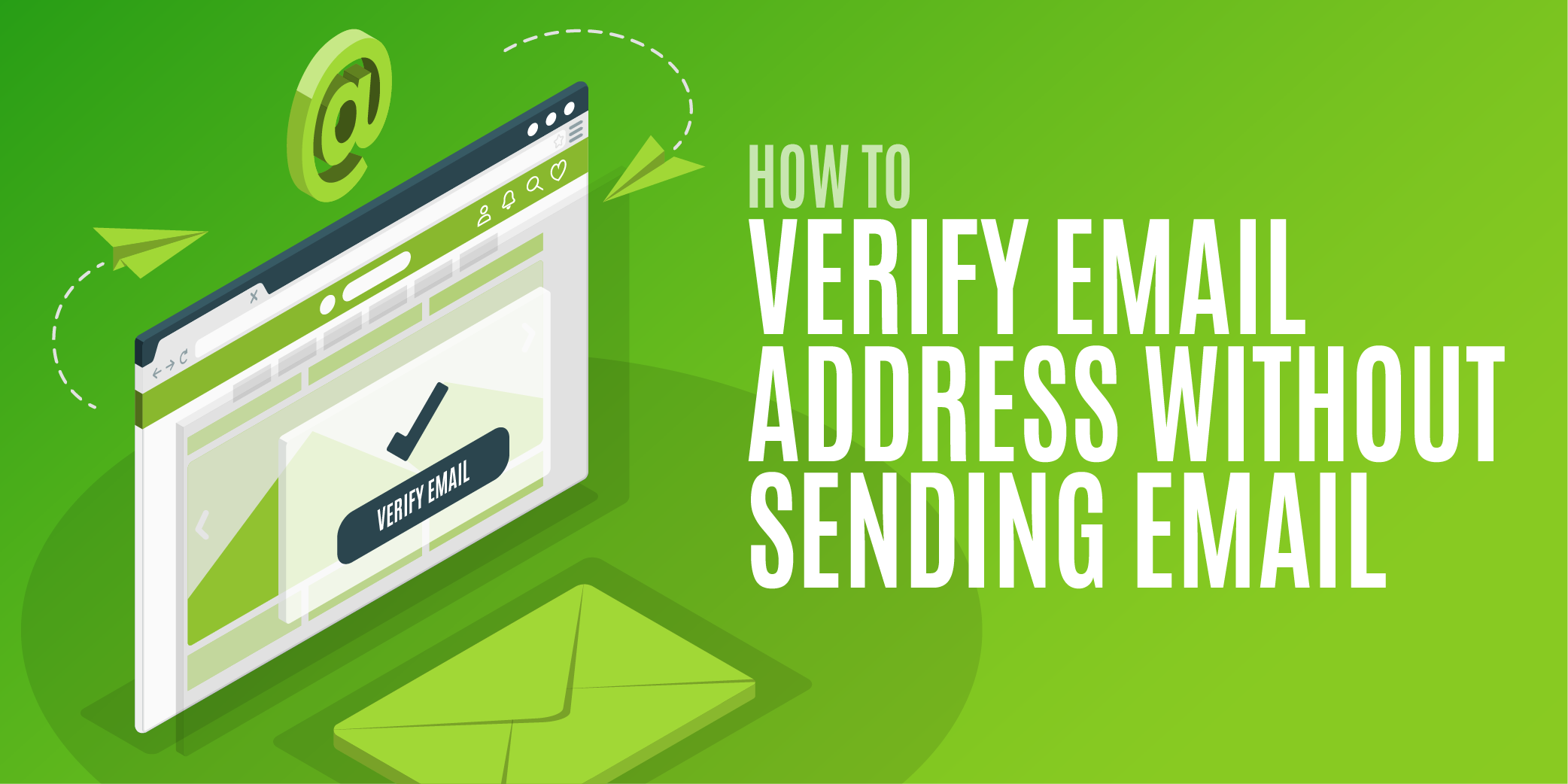Email marketing is the epicentre of any effective digital marketing campaign. But this is only the case if you're dealing with real people. In other words, are the addresses on your email list valid? Remember, your email marketing campaign's true reach or effectiveness depends on the validity of your emails on the database.
Suppose your email database is full of undeliverable, inactive, or potentially risky addresses. In that case, your business might end up spending more money, wasting time, or even increasing the chances of network or data breach and fraudulent activities in the system.
Invalid email addresses can also significantly impair your campaign metrics. This is because you've no way to accurately interpret performance metrics for the valid addresses to know what's working for you. In addition, your business can be flagged by ISPs if they notice a high number of undelivered emails, which can mean that even your delivered emails might end up in the spam box.
Luckily, there are solutions available to avert such dangers, including email verification services. However, the worst can happen if you go with the wrong email verification solution provider.
In this article, we’ll tell you what to look for to help you choose an accurate solution and what to do with the results of the email verification process.
What does email verification do?
At a basic level, a validation system scans the mailbox records of the candidate address and returns whether the email exists or not. However, with the rise of disposable emails and cybersecurity concerns, you need an advanced lookup that goes beyond 'valid and invalid.'
At Email Hippo, we’ve developed a couple of different solutions to this problem. In our CORE product, we classify emails as either Okay, Bad or Unverifiable, with a substatus for Bad and Unverifiable that explains how we reached that conclusion. This allows users to make a more nuanced judgement about the quality of their data and the risk of using it in an email campaign.
Our MORE product goes a step further, checking each email address against 74 data points to calculate a unique Trust Score. This provides users with even more granular intelligence on the trustworthiness of each email in their database. We also use our own internal benchmarks to show a “safe to send” score, allowing users to make a quick decision about the appropriate Trust Score threshold to use. This makes sure you're left with a clean and safe list to work with.
Choosing an accurate verification solution provider
The vendor you choose significantly determines the quality of the verification process. Some vendors may be using methods that can potentially create a loophole that cybercriminals can take advantage of. Others have a bad reputation for selling data to other businesses, which can mean your mail list data might end up in the wrong hands. This can lead to fraudulent activity like hacking, email phishing, or social engineering.
As a starting point, check your vendor’s data processing agreement and for relevant accreditation such as ISO27001. Also check for the use of encryption when sending data to and from their service, as this will ensure your customer records aren’t at risk of compromise in transit.
Using an email verification API like MORE allows you to integrate the solution with your system or database easily. Our API allows data to be analysed right from the database and return accurate data to help you clean your mail list. To help you filter bad actors in email verification services quickly, we’ve compiled a list of things you need to watch. They include:
- A simple, flexible and easy-to-use API
- Validation criteria beyond the usual valid/invalid
- Data security and protection
- Real-time verification
- Compliance with local and global data laws

What to do with your email verification results
You can manage your results in the following ways:
- Get rid of any fake email address: We recommend removing any email marked as invalid. Continuing to send emails to this category of addresses can lead to a flawed reputation, which is detrimental to your campaigns.
- Isolate and study: Emails marked as potentially risky or unknown can still be of value. Instead of deleting, preserve them in the database, but in a separate location from the clean list. Then, run test studies and retain those that show active engagements depending on metrics like opens, click-through, or conversions.
Prevent fake sign ups: download our ebook
Download our guide to find out why fake sign ups are problematic and why email address intelligence should be your first line of defence against them.

.png)





